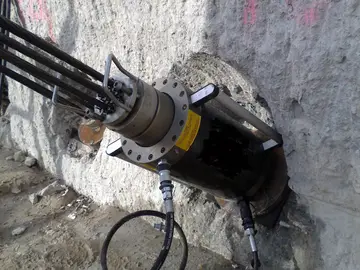Strand Anchors
Strand anchors offer numerous advantages over other anchorange systems.
The most important advantages include:
- Full flexibility in anchor working loads and lengths by selection of appropriate number of strands and grade of steel.
- Splice-free fabrication even for large anchor lengths.
- Relatively low self-weight.
- Favourable installation characteristics and small space requirements, ensured through high flexibility of strands.
- Good transport characteristics and small space requirements during transport and storage (strands can be coiled).
Available steel grades:
ST 1570 / 1770 0,60 " (140 mm²)
ST 1570 / 1770 0,62" (150 mm²)
ST 1660 / 1860 0,60" (140 mm²)
ST 1660 / 1860 0,62" (150 mm²)
The following types of strand anchors are available:
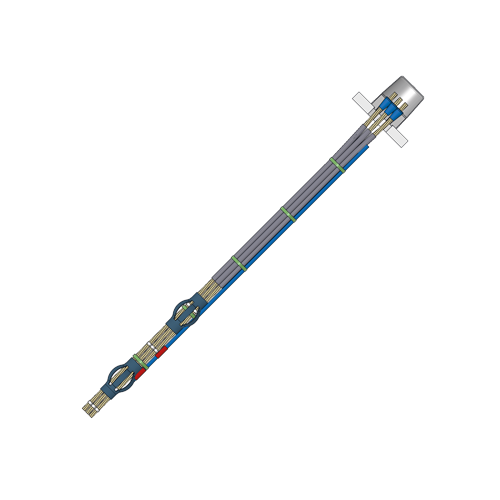
Temporary Strand Bars
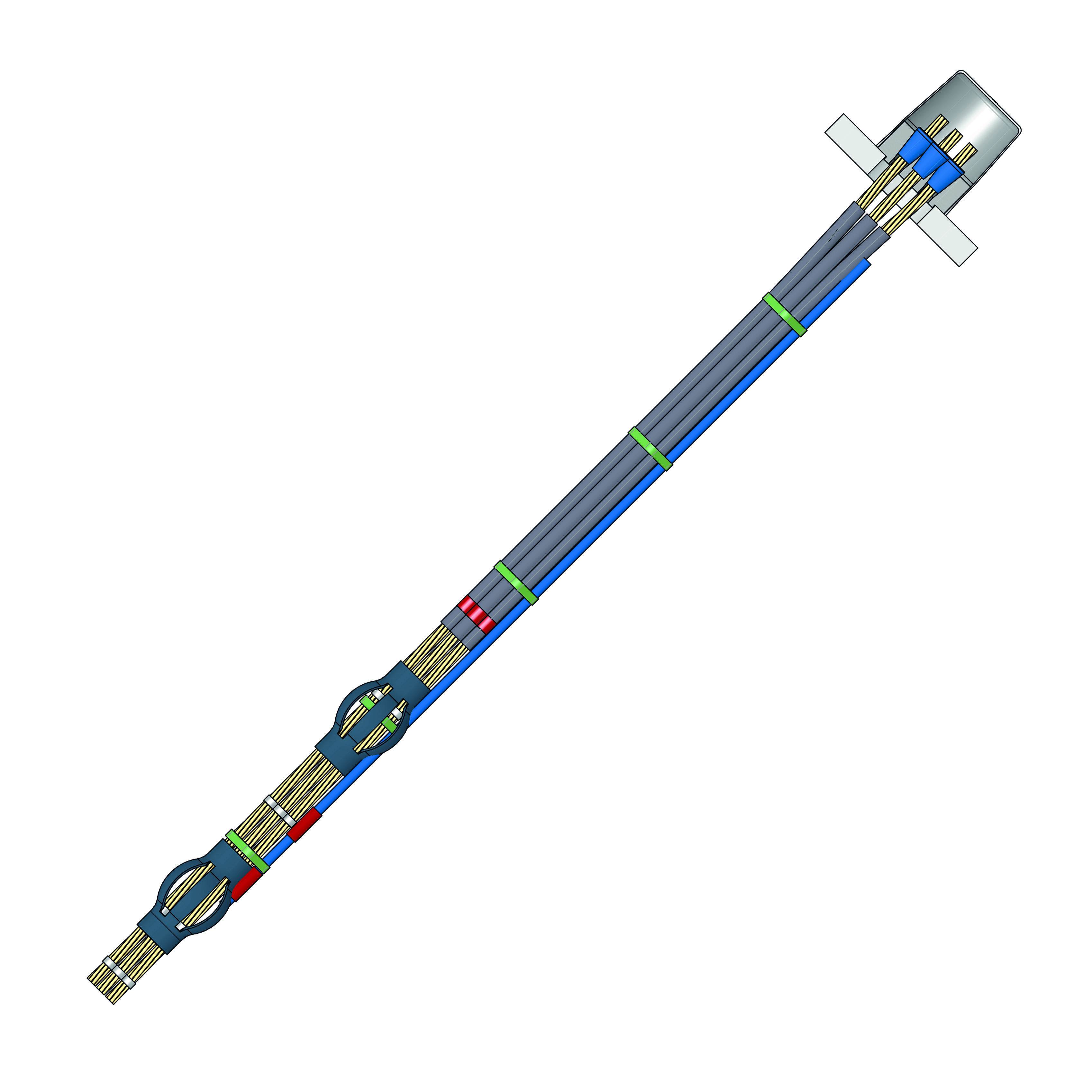
Semipermanent Strand Anchors
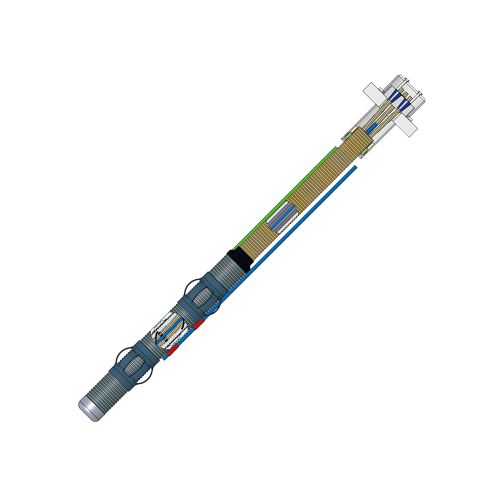
Permanent Strand Anchors
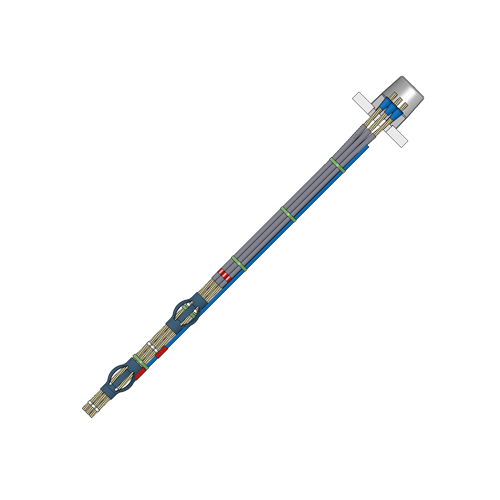
Removable Strand Anchors

